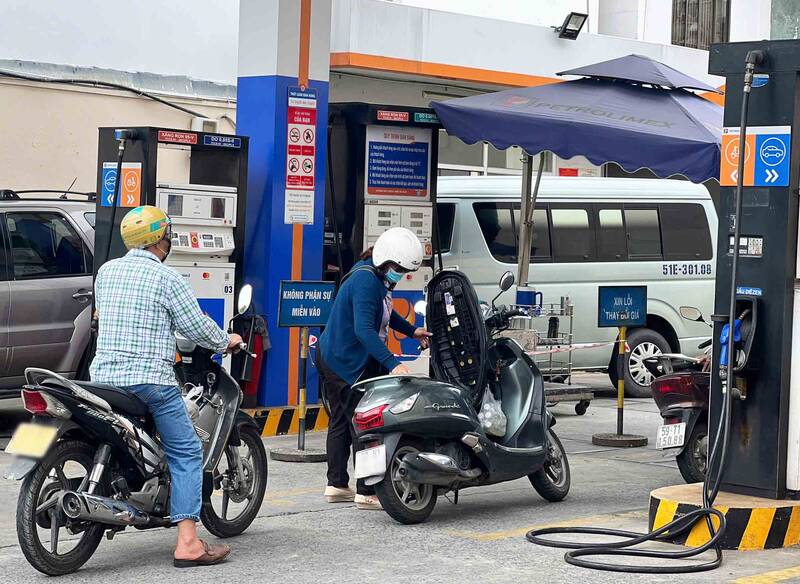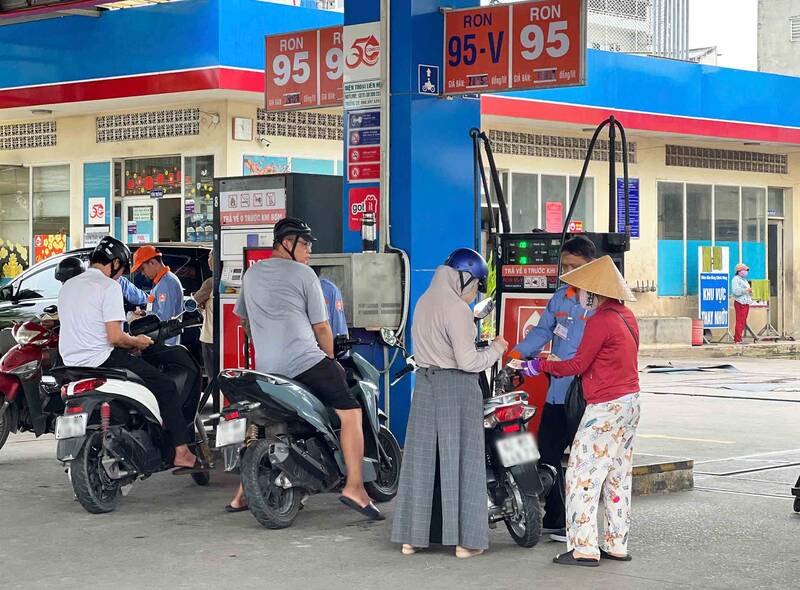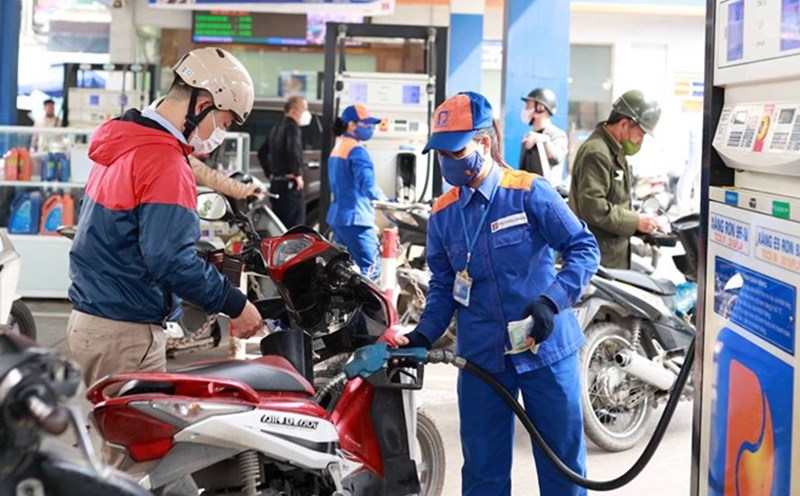At many gas stations in Ho Chi Minh City, E5 gas pumps are often "unsatisfied", while RON 95 gasoline or DO oil are still regularly bought and sold.
Ms. Le Thanh Hoa (residing in Nhieu Loc ward) - who goes to work by motorbike every day said that she used to use E5 gasoline but now "does not pay attention" because the gas station near her home mainly sells RON 95. "The price between RON 92 and RON 95 is not much different, so I don't care which one to choose" - Ms. Hoa said.

Sharing the same opinion, Mr. Tran Van Hoang (technology driver, living in Vuon Lai ward) shared: "I often fill up RON 95 gasoline because I see the car running more strongly and stably. I have heard that E5 gasoline is environmentally friendly, but my car drives continuously every day, if it does not ensure capacity, it will easily spoil and cost early maintenance costs".
According to distributors, E5 gasoline is currently being sold at a price about 1,500 - 2,000 VND/liter lower than RON 95. However, this difference is not attractive enough. Some stores have even temporarily stopped trading E5 because of low purchasing power.

A representative of a gas station on Kinh Duong Vuong Street said: "For about a year now, the unit has switched to using all RON 95 gasoline pumps. However, in the coming time, we plan to resell E5 gasoline in parallel. For E10 gasoline, when there are instructions from the corporation, the store will arrange to sell according to the general roadmap".
Previously, the Ministry of Industry and Trade said that it had submitted a document to the Prime Minister requesting a policy to develop a decision to replace Decision 53 of the Prime Minister on the roadmap for applying the biofuel mixing ratio, expected to use E10 biofuel from January 1, 2026.
This type of gasoline is a mixture of lead-free gasoline and fuel Etanol, with Etanol content from 9% to 10% by volume, coded E10.
Regarding the supply of E10 gasoline, the country currently has 6 alcohol factories, of which 2 factories are operating in Dong Nai and the old Quang Nam, producing about 100,000 m3 per year. If all 6 factories come into operation, the production scale is estimated to reach 500,000 m3.










